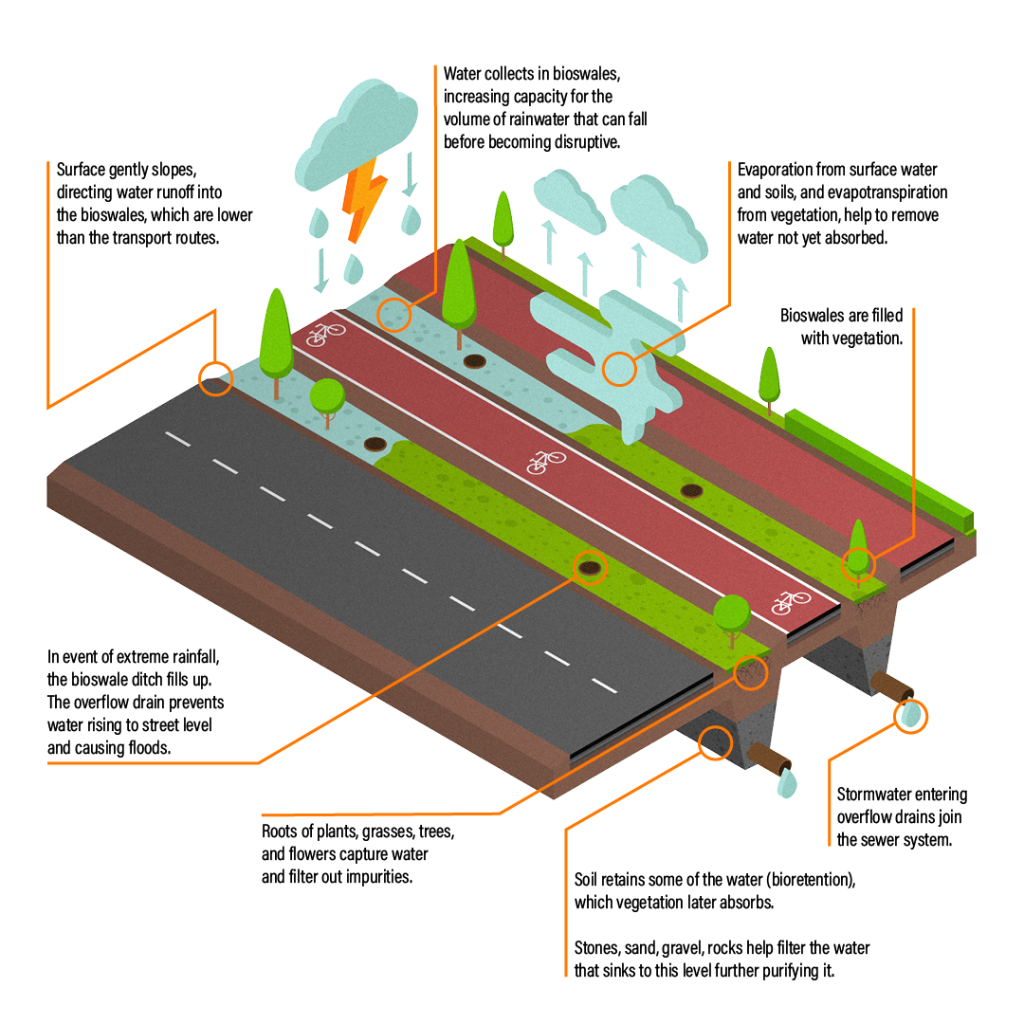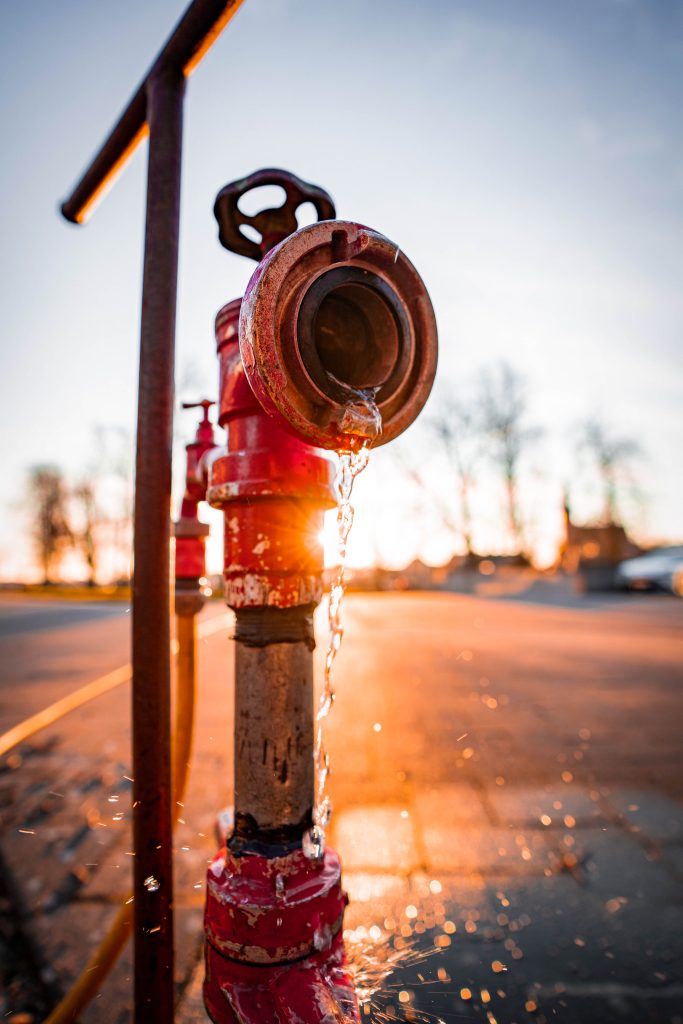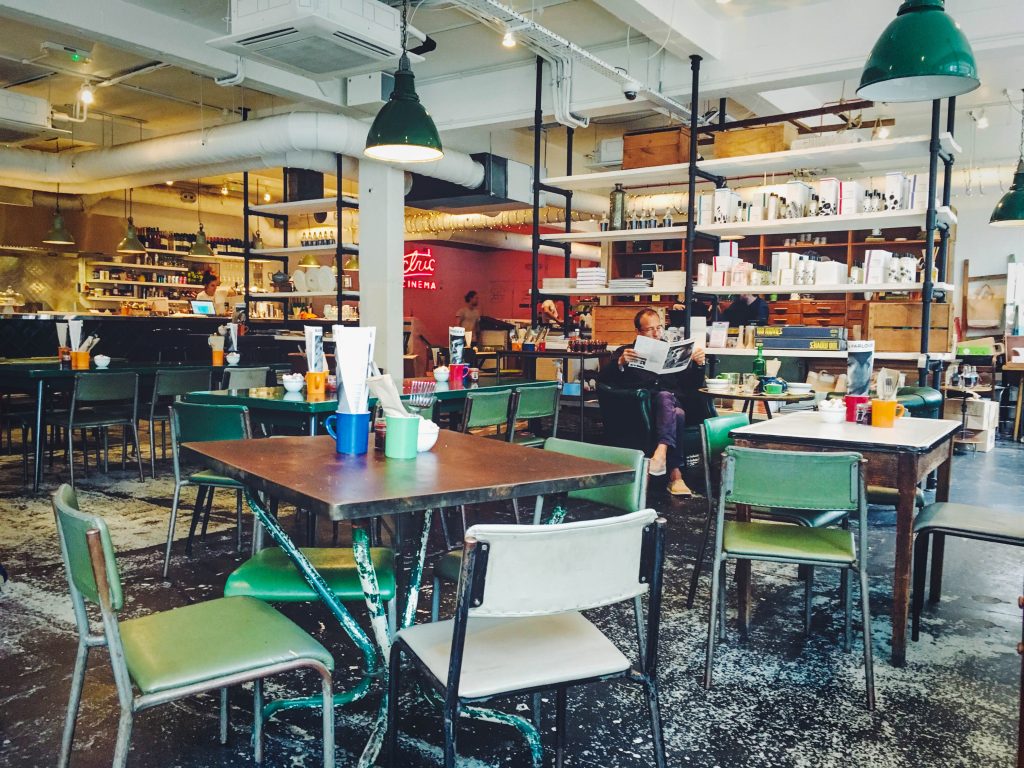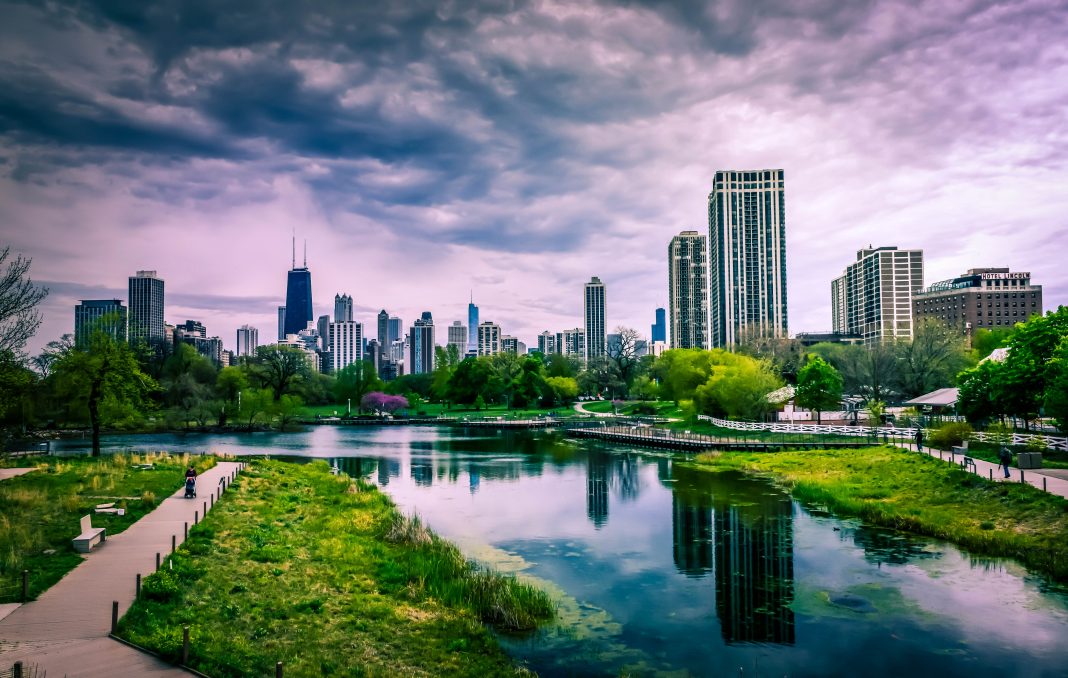There’s a lot to the food-water-energy nexus. From too little to too much, and how we manage these extremes and everything in between – it can be difficult to keep up with it all. So, we’ve put together a helpful list for some of the trickier technical terms used in our articles. Jump to the relevant place in our food-water-energy glossary for easy to read definitions.
A B C D E F G H I J K L M N O P Q R S T U V W Y Z
A
Aeroponics
Online dictionary Lexico defines the term as: “A plant-cultivation technique in which the roots hang suspended in the air while nutrient solution is delivered to them in the form of a fine mist.”
Aquaponics
Combining the growing of crops and rearing of fish – both as a source of food.
Plants are cultivated with their roots hanging in water, in which fish live. In this symbiotic arrangement, fish waste matter and uneaten food breaks down into nitrates. This would be dangerous to aquatic health if it were not for the plants that thrive on nitrates, cleaning the water.
CITYFOOD gives an example of how aquaponics lends itself to “the dual use of water, which is used first to raise the fish and then to irrigate” vegetables.
B
Bio-Intensive Gardening
This type of gardening puts emphasis on the soil, which is loosened at least twice as much as regular soil. With this, the plant’s roots can go deeper into the soil and absorb more nutrients and water.
Biosolids
When wastewater is treated, solids and liquids (recognised as sewage sludge when combined) are separated. Cleaned water is released back into natural aquifers. The organic solids can be chemically treated “to produce a semisolid, nutrient-rich” fertiliser, writes the EPA.
Bioswales
A ditch structure filled with porous material and covered with vegetation at ground level to manage stormwater.
Rainwater is directed into the bioswale, where some is absorbed by plants and grasses. The rest slowly passes through to a layer of sand, “gravel, scoria or baked clay pellets” which slows filtration. This allows the water to enter the city drainage infrastructure at a more manageable rate, helping to prevent overflow and flooding.

Blackwater
Another term for wastewater.
Water from toilets contaminated with urine and faces, and output from dishwashers that contains harmful chemical impurities. This can be treated for reuse with more intense and abrasive processes than greywater.
C
Catch Basin
A term for a reservoir where water runoff can be collected and channeled away. Easily recognised as street-level drains where water enters the sewer system.

Combined Sewer Overflows (CSOs)
Cities with a decent sewer system will treat the majority of wastewater before returning it to natural waterways: rivers and seas. These systems can reach capacity, however, with during storms or snowmelt, or blockages caused by detritus and rubbish.
In this case, the overflow allows excess wastewater to be discharged directly into water bodies untreated. Without this failsafe, sewage and other wastewater could build up and cause damage to homes and infrastructure.
Combined Sewer Systems
“Combined sewer systems are sewers that are designed to collect rainwater runoff, domestic sewage, and industrial wastewater in the same pipe.” – US Environment Protection Agency.
This combination flows to a treatment plant. While still commonly found, these tend not to be built new any longer as separate fresh- and wastewater networks are favoured.
In time of heavy storms or blockages, combined sewer systems overflow into natural waterways. See Combined Sewer Overflows.
Curb Bulges
Providing safety by calming traffic and shortening crossing distances for pedestrians, bulges are ‘outcrops’ that narrow roads. These may be home to vegetation to improve street aesthetics and aid in water retention.
D
Detention Basin
An area or receptacle, such as a pond, that holds stormwater runoff temporarily. Differs to a retention basin, which holds water permanently.
E
Evapotranspiration
Plants emit water vapour drawn up from the ground through a combination of leaves and stalks. Acts as a natural form of mister, with the water in gas form having a cooling effect.
F
Food Sovereignity
“Food sovereignty is the right of peoples to healthy and culturally appropriate food produced through ecologically sound and sustainable methods, and their right to define their own food and agriculture systems. It puts the aspirations and needs of those who produce, distribute and consume food at the heart of food systems and policies rather than the demands of markets and corporations.”
Its 7 principles are:
- Food: A Basic Human Right
- Agrarian Reform
- Protecting Natural Resources
- Reorganising Food Trade
- Ending the Globalisation of Hunger
- Social Peace
- Democratic Control

Food Systems
Food systems consist of:
- public policy decisions,
- national & global systems and supply chains,
- public and private groups & individuals that influence what we eat.
Food system chain consists of:
- production,
- processing,
- distribution,
- consumption.
Freshwater Eutrophication
When nutrients from human practices – such as spreading chemical fertilisers on farmland – are leeched into waterways. The unnaturally high concentration leads to algae bloom, which chokes the water-based ecosystem. This process can also occur naturally but tends to happen over a much longer period. Nitrogen and phosphorus are the main problematic substances.
G
Greywater Recycling
According to the Guardian, “Greywater recycling systems collect the water you’ve used in your sinks, dishwashers, showers and baths, and then clean it up and plumb it straight back into your toilet, washing machine and outside tap”.
These systems are common in buildings such as hotels and are gaining traction in household builds with the potential to cut residential water use (and costs) by half.
That which harbours more harmful toxins and cannot be recycled without treatment is known as wastewater.
H
Hydroponics
According to Britannica, this is the growing of plants in water, which supplies the necessary nutrient intake without being planted in a ‘base’ material, such as soil.
It is also known as aquaculture.
The Abattoir district in Brussels is a leading example of hydroponics, where they are using wastewater from neighbouring businesses to grow micro-greens.
M
Micro-Farms
Micro-farms are crop-harvesting plots of smaller scale, typically located in urban or suburban areas. To get as much profit from the limited space, the crops are often grown sustainably, seasonal, and fit for niche markets.
Micro-Gardens
Micro-gardening is food growing in containers and small urban spaces. They are “designed to be highly productive; energy and space efficient; sustainable; affordable; and grown in healthy living soil.”
Mist Shower
Also known simply as ‘misters’ – these devices installed in city streets release a spray of cooling fine water vapour.

R
Rainwater Harvesting
The collection of rain, usually channelled from the roof via guttering and pipes, for storage and practical use. Popular in the green building movement, and effective in places where water is a scarcer resource, such as Australia. Non-potable water unless specific filters and disinfectants are incorporated into the system.
Regenerative Agriculture
Regenerative agriculture is a type of farming practice that does not only not harm the land, but even improves it through revitalising the soil. It can “reverse climate change by rebuilding soil organic matter and restoring degraded soil biodiversity – resulting in both carbon drawdown and improving the water cycle.”
Retention Basin
An area or receptacle, such as a pond, that holds stormwater runoff permanently. Differs to a detention basin, which holds water temporarily.
Reticulation System
The underground pipe network through which water is moved around a city.
S
Sustainable Drainage Systems (SuDS)
Management for excess rainwater built into buildings, ground, and infrastructure. Reduce flooding.
Increasingly necessary as artificial ground cover – such as concrete – encourages water to ‘pool’, sitting on the surface rather than returning to the water table, being stored in soil deposits, or being removed via waterways through natural drainage.
Examples include bioswales and rain gardens.
V
Vertical Farming
“Vertical farming is the agricultural process in which crops are grown on top of each other, rather than in traditional, horizontal rows. Growing vertically allows for conservation in space, resulting in a higher crop yield per square foot of land used. Vertical farms are mainly located indoors, such as a warehouse, where they have the ability to control the environmental conditions for plants to succeed.”
W
Wastewater
Anything that we don’t want is waste. Although wastewater may include storm runoff, this can technically be reused (e.g. for energy generation or irrigation).
We are classifying wastewater as that which requires treatment before it can be reused, like sewer sludge. Also known as blackwater, this is that water contaminated with pollutants such as sewage, animal excrement, chemicals, oil, soap, and medication.
Some people include the domestic output from sinks, showers, and dishwasher, but this can be repurposed with little or no treatment. That is more accurately consider to be greywater.
Water Justice
It is an essential yet finite resource, but the global distribution of water is not equal. Nor even within local geographies. Socio-economic factors can mean uneven access to water and sanitation at a city scale, often with wealthier communities being better served. Even the legacy of colonialism hampers fair sharing of water.
Water justice:
- seeks to bring balance to the access, distribution, removal, treatment, and management of water.
- fairly shares clean, fresh, and potable water among all people.
- calls for diverse voices to be included in water governance and decision-making processes.
- makes the effects of water pollution a collective concern to be solved, not just a problem suffered by those with least representation or power.
- strives for “democratic water policies and more sustainable development practices” and wants the infrastructure in place to support that.
Water Stress
A shortage of suitable water that meets the needs of a given population. For example, pressure of a rising city population on accessible potable water. This may be caused by a lack of a supply or inadequate infrastructure.
Water stress can apply to populations, agriculture, or the environment.
Droughts, seasonal changes, and other phenomena can add stress even where water resources are usually reliable. Storms, for example, may lead to clean water being contaminated when rivers burst their banks.
The UN’s Sustainable Development Goal 6.4 aims to increase freshwater efficiency to reduce scarcity and water stress.
Water Reclamation
The UN’s Climate Technology Centre & Network defines water reclamation as the biological, chemical or filtering treatment or processing of municipal wastewater ready for reuse. Also known as recycled water, it is of a specific quality following treatment, and can be used for domestic, industrial, and agricultural purposes, e.g. irrigation.
Reduces the demand for potable water. While not as clean as rain or drinking water, it is used for public consumption: in Southern Nevada, the Clark County Water Reclamation District processed wastewater and returns it to Lake Mead for drinking.
Not to be confused with greywater recycling.


